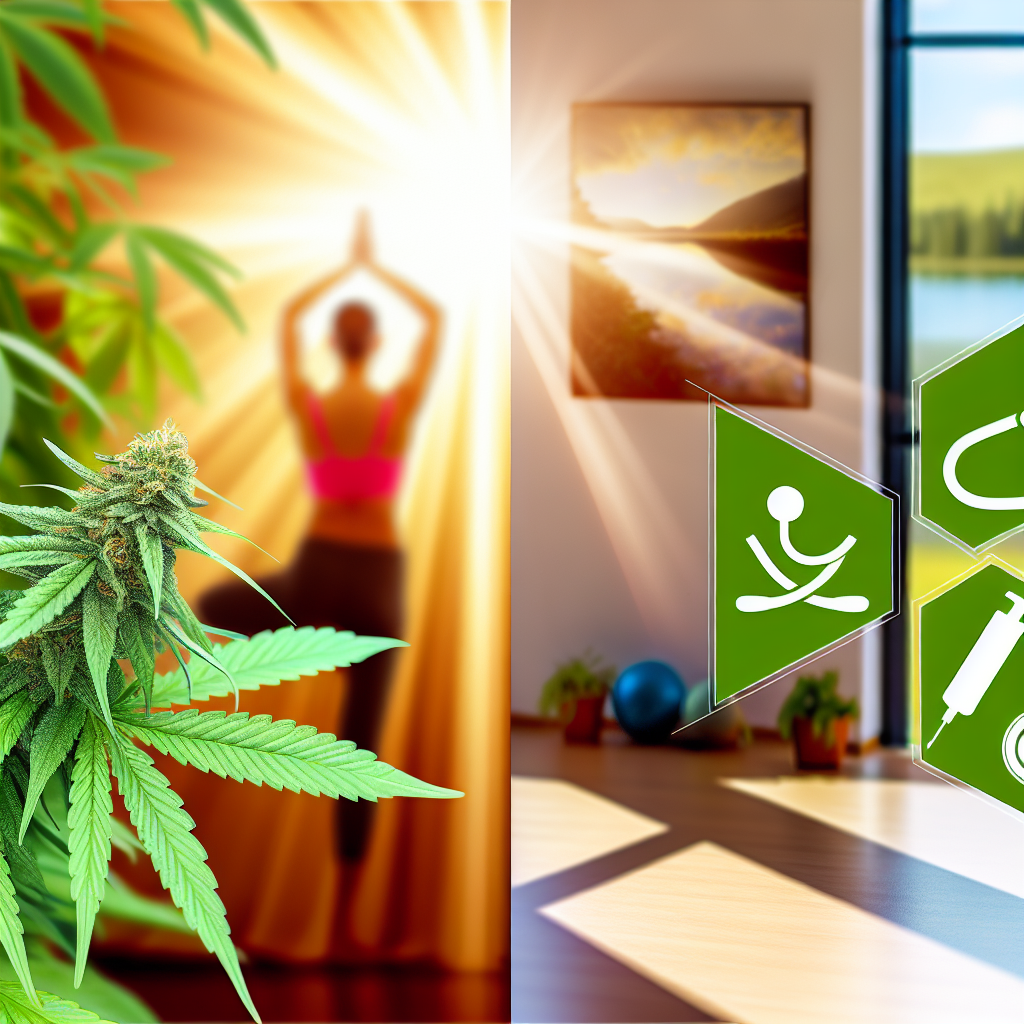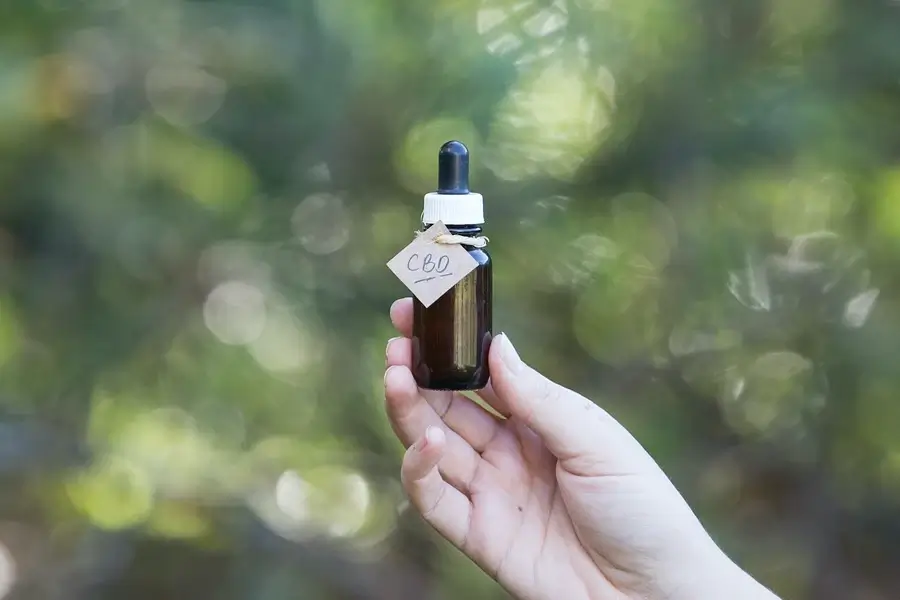Several states are considering enacting laws to legalize the use of medical marijuana, and the number of states that have already done so is increasing. Medical marijuana has diverse potential applications in addition to pain management, including the treatment of fibromyalgia, anxiety, and chronic pain in the bones and joints.
A recent study published in the journal Addiction reveals that states that have implemented medical cannabis laws experienced a reduction in nonmedical prescription opioid use by 0.5 to 1.5 percentage points among individuals who reported using the drug regularly or frequently (defined as more than once per week on average).
The Rutgers study found a correlation between regular cannabis consumption and a reduction in nonmedical opioid use.
The study analyzed a sample of individuals who reported using prescription opioids for nonmedical reasons in the past year, which was representative of the entire nation.
Nonmedical prescription opioid use refers to the unauthorized consumption of opioid drugs without a doctor’s prescription. The Rutgers study found a correlation between regular cannabis consumption and a reduction in nonmedical opioid use. However, it did not demonstrate a decrease in the overall frequency of opioid use per week.
According to the researchers, this correlation may be attributed to the fact that individuals experiencing chronic pain are more susceptible to opioid abuse and less likely to experience a decrease in their consumption of pain medication as a consequence.
Young men constitute the predominant demographic of medical marijuana users.
Even after considering various demographic and clinical factors, the researchers found that cannabis use was associated with a reduced probability of developing new-onset prescription opioid nonmedical use or opioid use disorder three years later. Individuals who are suffering from moderate to severe pain are more prone to demonstrate this observation.
While the findings show promise, the authors acknowledge several limitations in their research. Young men constitute the predominant demographic of medical marijuana users, and they frequently combine their usage with other substances for recreational purposes. Furthermore, the NESARC data lacks a clear differentiation between the use of marijuana for recreational purposes and its use for medical purposes.
Due to the requirement of a doctor’s approval for a patient’s medical marijuana prescription, the authors were unable to distinguish between the effects of recreational and medicinal marijuana on outcomes.
We must continue to evaluate the advantages and disadvantages of different treatment options for opioid addiction.
Prior research has shown that medicinal marijuana does not serve as a substitute for opioids despite the promising findings of this study. We must continue to evaluate the advantages and disadvantages of different treatment options for opioid addiction.
Hillary Samples, an assistant professor of health systems and policy at the Rutgers Institute for Health, Health Care Policy, and Aging Research and an expert in healthcare policy, emphasizes the importance of investing in alternative strategies to address the harmful use of opioids, despite evidence suggesting that medical marijuana laws can decrease nonmedical opioid use.
The National Library of Medicine (NLM), a division of the National Institutes of Health (NIH), provides access to scientific literature. However, the NLM and the NIH do not support or concur with the opinions expressed in articles in their databases.




